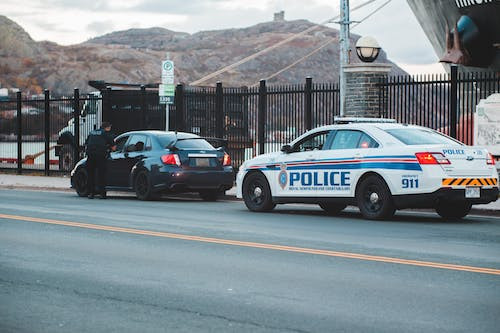
The Move Over Law is a crucial piece of legislation that aims to protect the lives of emergency responders and other roadside workers. This law requires drivers to change lanes or slow down when approaching an emergency vehicle or a vehicle stopped on the side of the road with its lights flashing. By doing so, it provides a safer working environment for those who dedicate their lives to helping others in times of crisis.
Origins of The Law
The origins of the Move Over Law can be traced back to South Carolina in 1996, following the tragic death of a paramedic named James D. Garcia. Garcia was struck by a passing vehicle while attending to an accident scene on the side of the road. This incident prompted lawmakers and advocates for public safety to push for legislation that would prevent similar accidents from occurring in the future.
Since then, many states across the United States have enacted their own versions of the Move Over Law, each with slight variations in terms of requirements and penalties. However, all these laws share a common goal: ensuring that drivers take necessary precautions when approaching emergency vehicles or roadside workers.
Move Over!
One key aspect of most Move Over Laws is requiring drivers to move into another lane if it is safe to do so when approaching an emergency vehicle with its lights flashing. This allows emergency responders and other workers enough space to carry out their duties without fear of being struck by passing vehicles. If changing lanes is not possible due to traffic conditions or other factors, drivers are typically required to reduce their speed significantly as they pass by.
Stiff Penalties
The penalties for violating the Move Over Law vary depending on jurisdiction but are generally quite severe due to the potential risks involved. In some states, violators may face fines ranging from $100 up to several thousand dollars, along with points added onto their driving records. Additionally, some states even impose license suspensions for repeat offenders or those who cause accidents resulting from non-compliance with this law.

Critics Of the Law
While some critics argue that the Move Over Law is unnecessary or burdensome, statistics and real-life incidents demonstrate its importance. According to the National Highway Traffic Safety Administration (NHTSA), an average of 200 law enforcement officers are struck by vehicles every year in the United States. Furthermore, roadside workers such as tow truck operators, construction workers, and utility workers are also at risk.
By requiring drivers to move over or slow down when approaching emergency vehicles or roadside workers, the Move Over Law has undoubtedly saved countless lives. It serves as a reminder for all drivers to be vigilant and aware of their surroundings while on the road.
In conclusion, the Move Over Law is a critical piece of legislation that aims to protect emergency responders and other roadside workers from accidents caused by passing vehicles. By requiring drivers to change lanes or slow down when approaching an emergency vehicle with its lights flashing, this law provides a safer working environment for those who dedicate their lives to helping others in times of crisis. While penalties for non-compliance may vary across jurisdictions, they serve as a deterrent against reckless driving behavior. Ultimately, it is essential for all drivers to understand and adhere to the Move Over Law in order to ensure the safety of everyone on our roads.